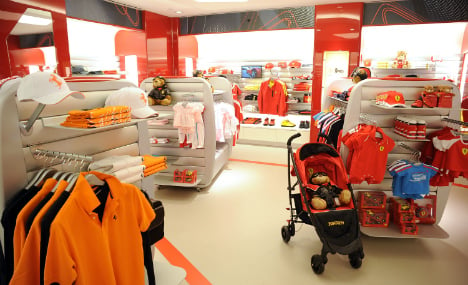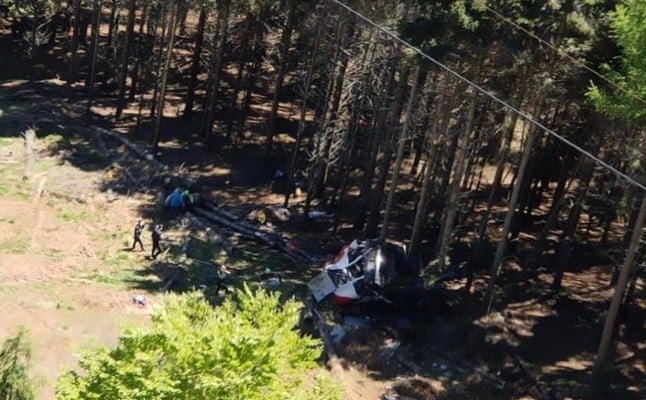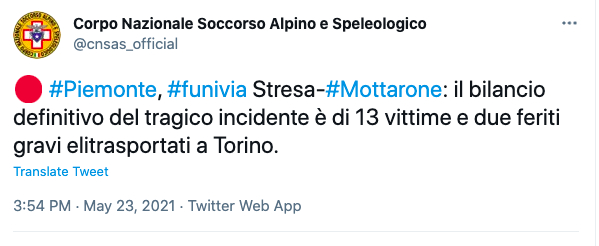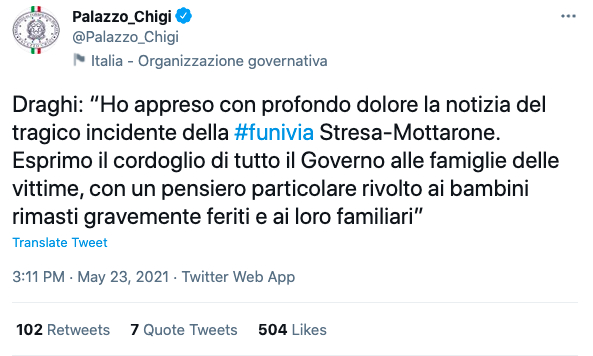Ferrari Chairman Sergio Marchionne has argued that Ferrari should be seen as “a unique expression of art and technology,” more like Hermes or Prada than an automaker.
Ferrari “is not really a car,” Marchionne said. “It has nothing to do with the rest of the schmucks.
But shares of Ferrari, long associated with its iconic prancing horse logo, have fallen 21 percent since its initial public offering in New York in October. Ferrari last week added a second listing in Milan, also under the “RACE” ticker.
Ferrari's cars certainly do sell for otherworldly prices compared with the industry as a whole.
In 2014, Ferrari garnered €2.3 billion for selling just 7,300 cars with an operating profit margin of 14 percent. Its market capitalization of eight billion euros is only slightly less than that of Peugeot Citroen, which sells 430 times as many cars per year.
Ferraris boast a starting price of about €200,000. Ferrari enthusiasts have likened the vehicles to dancing works of art.
“Ferrari is one of the strongest brands in the world, regardless of sectors, not just within the auto industry,” said Robert Haigh, marketing and communications director if Brand Finance, a consultancy.
“It inspires an almost religious devotion, an incredibly powerful, emotional pull,” he said. “They have that in common with a very few brands.”
Yet elements of Ferrari's growth strategy have begun to look less solid of late.
Ferrari has discussed increasing annual vehicle production from 7,700 to 9,000 around 2019.
The boost is to serve growing markets in China and the Middle East, two regions wracked of late by slowing growth and, in the case of the Middle East, much lower oil prices.
A Ferrari toaster?
Marchionne has also discussed additional efforts to cash in on the Ferrari brand by expanding its non-car offerings, an idea that raises worries with some branding experts.
“You can get overexposure, that for Ferrari that may be a particular issue, since it stresses exclusivity so much in its branding,” said Bruce Clark, an associate professor of marketing at Northeastern University in Boston.
“If there's a Ferrari logo on each other item that you see, people start saying: 'Well how really exclusive is this brand?'”
Marchionne has acknowledged this fear, vowing to be “very, very careful” with new ventures.
“The most important thing is not to do anything big and stupid,” Marchionne said last week.
“If you put Ferrari on a toaster, it doesn't go faster…. You can not stick it everywhere, otherwise it loses it value.”
Ferrari currently garners about 10-20 percent of its revenues from items such as watches, clothing and leather goods.
Especially lucrative has been custom-painting, an offering that can bring in €10,000-15,000 per car and gives a personal touch that is popular with the well-heeled, who are also invited to drive the cars around Ferrari racetracks.
“The bespoke tailoring of vehicles has proven to be massively profitable for (Ferrari),” said Ian Fletcher, an automotive analyst at consultancy IHS.
Ferrari also plans to open a second amusement park in Spain following the first such venture in Abu Dhabi.
But Jacqueline Kacen, a marketing professor at the University of Houston, said Ferrari must be careful before it takes on too many different concepts.
“Services are a lot harder to execute than products in some regards, to maintain that high quality and that sense of luxury and exclusivity,” she said.
“As you're expanding into a luxury brand, you can't alienate your core customers.”
Marketing professor Clark said Ferrari also must not lose site of its core product.
“What does Ferrari stand for? Speed, luxury, exhilaration, passion, performance, success,” he said.
The cars need to stay great and to “win races,” he said. “If they have trouble with that, that starts eroding over time.”





 Please whitelist us to continue reading.
Please whitelist us to continue reading.
Member comments